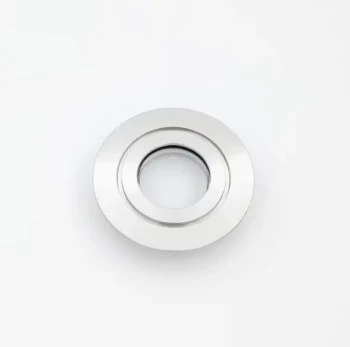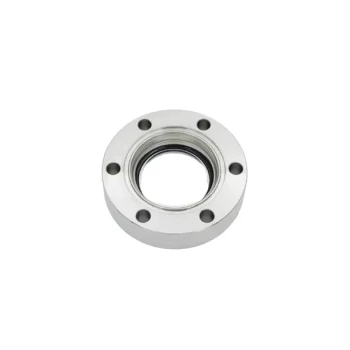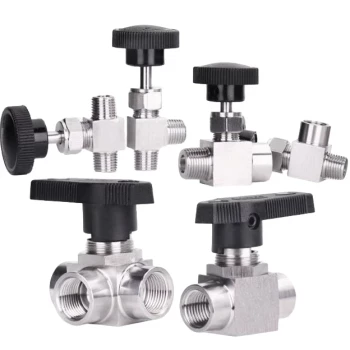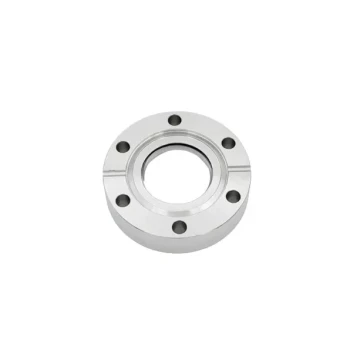Temperature control systems in atmosphere retort furnaces are critical for maintaining precise thermal conditions during material processing. These systems combine thermocouples, controllers, and heating elements to monitor and adjust temperatures with high accuracy. They ensure consistent heat treatment by rapidly responding to fluctuations, which is essential for achieving desired material properties in applications like metal annealing, ceramic sintering, and semiconductor manufacturing. The flexibility of heating configurations (e.g., multi-zone heating) allows adaptation to diverse material requirements, while inert gas environments prevent oxidation in sensitive processes.
Key Points Explained:
-
Core Components of Temperature Control
- Thermocouples: Measure real-time furnace temperatures and feed data to the controller.
- Controllers (PID or PLC-based): Analyze thermocouple inputs and adjust heating elements to maintain setpoints. Advanced systems use PID algorithms to minimize overshooting.
- Heating Elements: Typically made of silicon carbide or molybdenum disilicide, they generate heat based on controller signals.
-
Response to Fluctuations
- Systems detect deviations (e.g., door openings or gas flow changes) and recalibrate within seconds.
- Example: In sintering, a ±5°C drift can alter grain structure; rapid adjustments ensure uniformity.
-
Heating Configurations
- Multi-Zone Designs: Top/bottom or three-sided heating accommodates uneven material geometry.
- Gas Integration: Inert gases (e.g., argon) are preheated via heat exchangers to stabilize thermal distribution.
-
Material-Specific Applications
- Metals: Annealing requires ±2°C precision to avoid brittleness.
- Ceramics: Slow ramp rates (1–5°C/min) prevent cracking during sintering.
- Electronics: Low-temperature processes (e.g., 200–400°C for PCBs) demand minimal thermal shock.
-
Atmosphere Control Synergy
- Gas purity sensors work with thermal systems to maintain both temperature and redox conditions.
- Vacuum-compatible furnaces use radiative heating under low pressure for oxidation-free results.
These systems exemplify how precision engineering meets material science, enabling technologies from aerospace alloys to smartphone displays.
Summary Table:
| Component | Function | Impact on Process |
|---|---|---|
| Thermocouples | Measure real-time furnace temperatures | Provides accurate data for temperature adjustments |
| Controllers (PID/PLC) | Analyze inputs and adjust heating elements | Minimizes overshooting and maintains setpoints with high precision |
| Heating Elements | Generate heat based on controller signals | Ensures uniform heating for consistent material properties |
| Multi-Zone Heating | Adapts to uneven material geometry | Enhances thermal uniformity in complex-shaped workpieces |
| Gas Integration | Preheats inert gases to stabilize thermal distribution | Prevents oxidation and maintains redox conditions in sensitive processes |
Upgrade your lab’s thermal precision with KINTEK’s advanced atmosphere furnaces!
Leveraging exceptional R&D and in-house manufacturing, KINTEK provides diverse laboratories with high-performance furnaces tailored for exacting thermal requirements. Our Vacuum & Atmosphere Furnaces, Multi-Zone Heating Systems, and Customized Solutions ensure unparalleled temperature control for applications like metal annealing, ceramic sintering, and semiconductor fabrication.
Contact us today to discuss how our precision heating systems can optimize your material processes!
Products You Might Be Looking For:
Explore vacuum-compatible thermal presses for oxidation-free processing
View high-vacuum observation windows for real-time process monitoring
Discover diamond coating systems for ultra-durable surfaces
Shop precision vacuum valves for controlled atmosphere applications
Upgrade with ultra-vacuum feedthroughs for high-power experiments



















